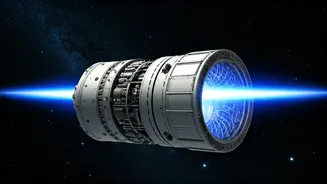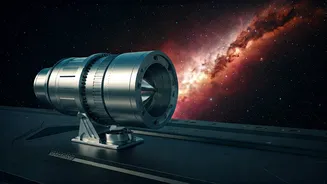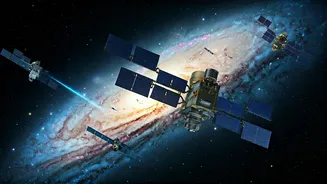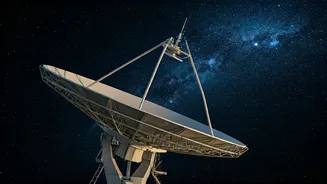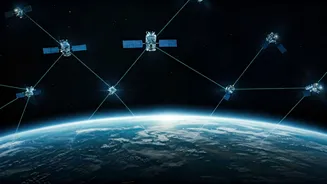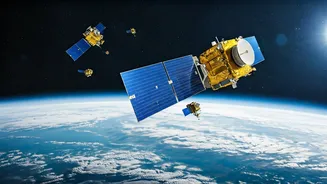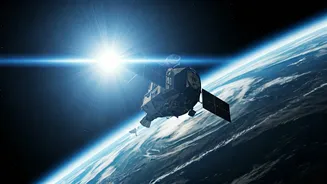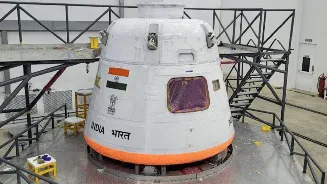Data's Revenue Surge
The data boom is poised to significantly reshape satellite revenues by 2034. As the demand for data-related services grows exponentially, satellite operators
are increasingly focused on applications like Earth observation, data analytics, and high-speed internet connectivity. The reliance on video services, once a primary revenue source, is expected to diminish as consumers shift towards streaming platforms and other online content. This transition means a strategic pivot for satellite companies, prioritizing data-centric services and infrastructure to capitalize on the rising needs of various industries, from agriculture to urban planning. The shift requires substantial investment in advanced satellite technologies that can efficiently handle and transmit massive datasets across the globe.
Thruster Technology Unveiled
Recent announcements reveal considerable advances in satellite propulsion systems. ECAPS has unveiled its groundbreaking Fast-Start Thruster (FAST) technology, promising significant improvements in the efficiency and responsiveness of spacecraft. This innovation is designed to enhance maneuverability and reduce the time required to achieve optimal orbital positions. Ion-X is also contributing to the technological advancement by supplying upgraded thrusters for Univity's VLEO 5G constellation. These propulsion system improvements are pivotal in enabling various space missions, supporting applications like Earth observation, data analytics, and communication.
Impact on Constellations
The evolution of propulsion systems is especially relevant for the operation of Low Earth Orbit (LEO) satellite constellations, like the Univity VLEO 5G constellation. Efficient and reliable thrusters are crucial for maintaining satellite orbits, making adjustments, and managing debris, which becomes particularly important as the number of satellites in orbit continues to increase. The upgraded thrusters from Ion-X are a critical component for ensuring the longevity and effectiveness of the Univity constellation. Advances in propulsion also mean lower launch costs and greater operational flexibility, which is expected to support future expansions and mission objectives for both existing and new space-based services.
Aerospace Education Initiatives
Beyond technological advancements, the focus is on fostering the next generation of space innovators. The SmallSat Education Conference and other aerospace educational events are vital platforms for educators, parents, and students. These initiatives cater to middle school, high school, and college students. Such events provide invaluable insights into the intricacies of aerospace technology. They ignite interest in STEM fields. These activities, by promoting the understanding of space-related subjects, will play an essential role in preparing the future workforce capable of addressing the complex challenges and opportunities in the evolving space industry, from designing satellites to managing vast data streams.




